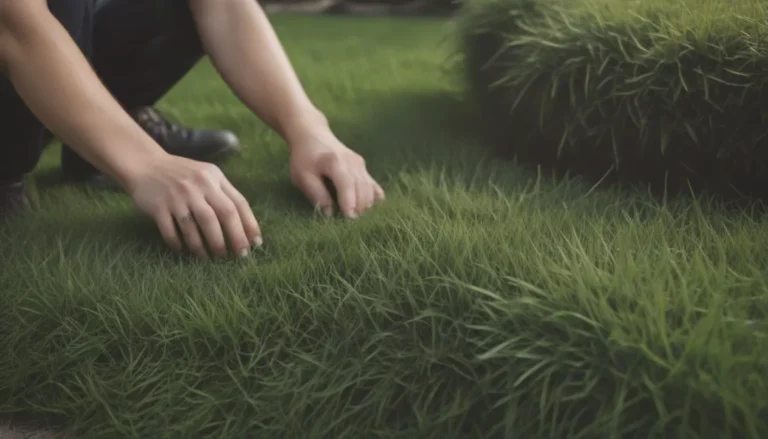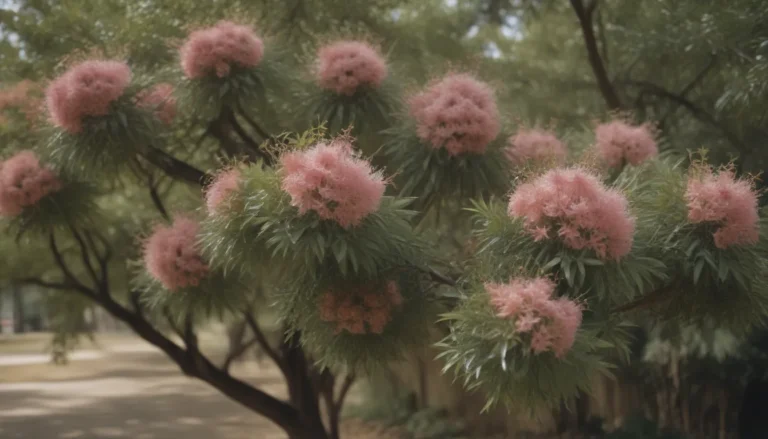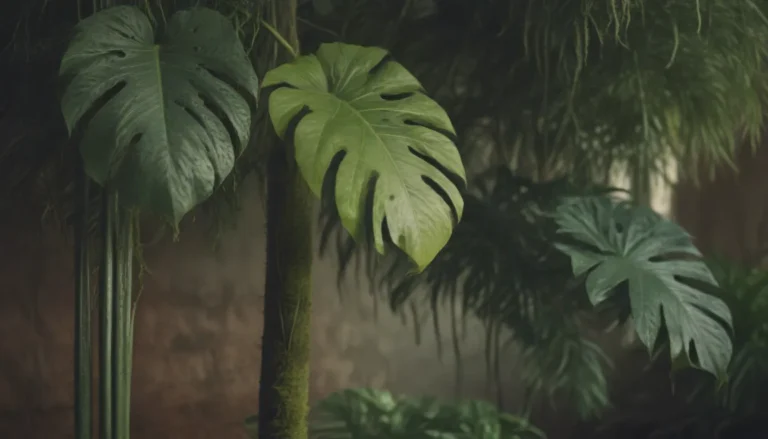The Best Grasses for Dogs: A Comprehensive Guide

Playing with your furry friend in the yard is one of life’s simple joys. Whether it’s a game of fetch or tag, your yard is the perfect space for endless fun. However, all that playtime can take a toll on your grass. Even if you have a well-behaved pup, their bathroom breaks can turn your green grass into a sad shade of yellow. Choosing the right grass for your yard can make a big difference in maintaining its appearance and durability in the face of your dog’s activities. With a little planning, you can keep your lawn lush and green, regardless of how much wear and tear it endures. Here, we’ll explore six of the best grasses for dogs that will help you maintain a beautiful lawn even with your four-legged friend around.
Factors to Consider When Choosing Grass for Your Dog
Before we delve into the best grasses for dogs, it’s important to consider a few key factors when selecting the right grass for your yard. Factors to keep in mind include:
- Climate: Consider the climate in which you live as different grass varieties thrive in varying climates.
- Soil pH: The pH level of your soil can impact the health and growth of your grass.
- Watering needs: Some grasses are more drought-tolerant than others, so it’s essential to consider your watering capabilities.
Considering these factors will help you choose the best grass variety that will suit your yard and your furry friend’s needs.
1. Fescue Grass
Fescue grass is a hardy option that does well with active dogs that love to run and play. Part of the Festuca genus, there are many varieties of Fescue to choose from. If you have a large dog, Fescue may be the perfect fit as it is very absorbent and can handle a large dog’s urine with ease. Many varieties of Fescue are low-maintenance, requiring minimal attention and nutrients to thrive. They can also tolerate shade and drought, making them an excellent choice for dog owners looking for an easy and durable grass option.
- USDA Growing Zones: 4-7
- Sun Exposure: Shade to sun
- Soil Needs: Neutral, well-draining
2. Kentucky Bluegrass (Poa pratensis)
Kentucky Bluegrass is a popular choice for dog owners with energetic pups. This cool-season grass is known for its durability, fast growth, and ability to heal quickly. It does well in most climates, particularly colder areas, and can withstand the wear and tear from your dog’s activities. Kentucky Bluegrass also boasts unique blue-hued blades, making for an attractive lawn.
- USDA Growing Zones: 2-6
- Sun Exposure: Full sun to partial shade
- Soil Needs: Slightly acidic to neutral, rich
3. Perennial Ryegrass (Lolium perenne)
Perennial Ryegrass is a hardy grass variety that is tolerant of dog urine, making it a great choice for dog owners with large or multiple dogs. While not as cold-hardy as Kentucky Bluegrass, it thrives in cooler climates and maintains a vibrant green color even in mild winters. Keep in mind that Perennial Ryegrass requires more water and fertilizer compared to other grasses.
- USDA Growing Zones: 3-7
- Sun Exposure: Sun to partial shade
- Soil Needs: Slightly acidic to neutral, moist, rich
4. Zoysia Grass
Zoysia Grass is a dense and luxurious grass variety that is perfect for high paw-traffic areas. It thrives in warmer climates and is resistant to drought, reducing the need for frequent watering. While it takes some time to establish (two to four years), Zoysia Grass creates a soft, thick lawn that can withstand your pup’s playtime.
- USDA Growing Zones: 5-11
- Sun Exposure: Full sun to partial shade
- Soil Needs: Slightly acidic to neutral, loamy
5. Bermuda Grass (Cynodon dactylon)
If you’re looking for a fast-healing grass variety that can handle frequent paw-traffic, Bermuda Grass is an excellent choice. With its deep root system, Bermuda Grass is sturdy and resilient, making it a popular option for high-traffic areas like sports fields and golf courses. It thrives in warmer climates and does not require frequent watering.
- USDA Growing Zones: 7-10
- Sun Exposure: Full sun
- Soil Needs: Slightly acidic to neutral, rich
6. Centipede Grass (Eremochloa ophiuroides)
Centipede Grass is a fantastic option for dog owners dealing with pet urine damage. This grass variety thrives in hot weather but requires specific growing conditions to thrive. It prefers acidic soil and needs regular watering to survive. Centipede Grass is well-suited for the Southeastern region of the U.S., where it can thrive with diligent care.
- USDA Growing Zones: 7-10
- Sun Exposure: Full sun to partial shade
- Soil Needs: Acidic, well-draining, sandy
Adding a furry friend to your family doesn’t mean you have to sacrifice a beautiful lawn. By choosing the right grass variety and implementing a few simple tips, you can maintain a lush, green lawn while keeping your pup happy. Remember to pick up your dog’s waste promptly and regularly hose down urine spots to dilute the urine and prevent yellowing of your grass. With the right grass and proper maintenance, you can enjoy a vibrant lawn while your pup frolics happily across it.





